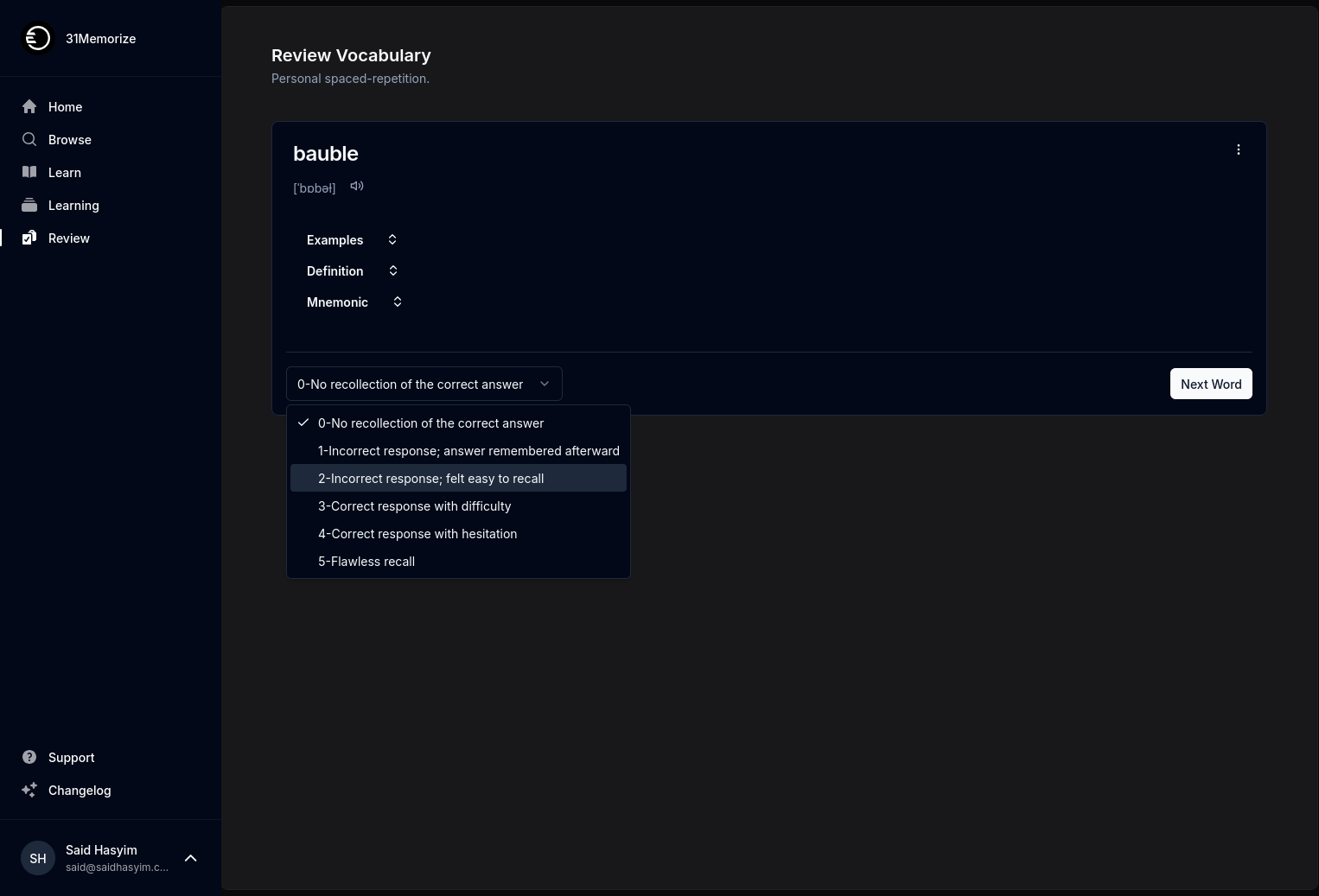How to Use Ratings Data to Shape Your Storytelling
In an era where data drives decisions, the storytelling landscape has evolved significantly. With vast amounts of information readily available, understanding how to leverage ratings data can enhance your narrative in ways that resonate with your audience. Whether you are a writer, producer, or content creator, integrating ratings data into your storytelling toolkit can help you create compelling narratives that capture attention and maintain engagement. This blog post will explore how to use ratings data effectively to shape your storytelling.
Understanding Ratings Data
Ratings data refers to metrics that quantify how audiences respond to various content forms, such as films, television shows, articles, and videos. It includes factors like viewership numbers, audience demographics, engagement rates, and sentiment analysis. By analyzing ratings data, storytellers can gain insights into what works, what doesn’t, and how to tailor their narratives to meet audience expectations.
Types of Ratings Data
Viewership Ratings: This metric shows how many people are watching a show or reading a piece of content. High viewership can indicate popularity, while low numbers may suggest room for improvement.
Engagement Metrics: These include likes, shares, comments, and other interactions that provide insight into how audiences are connecting with the content.
Demographic Data: Understanding the age, gender, location, and interests of your audience can help tailor your story to better suit their preferences.
Sentiment Analysis: This involves assessing audience sentiment through comments and social media to understand how viewers feel about the content.
Performance Over Time: Tracking ratings data over weeks, months, or years can reveal trends and shifts in audience preferences or behaviors.
Incorporating Ratings Data into Your Storytelling
Now that we’ve covered what ratings data is and its various types, let’s dive into how to incorporate this valuable information into your storytelling process.
1. Conduct Thorough Research
Before you start crafting your story, perform extensive research on available ratings data relevant to your genre or topic. Utilize various platforms to gather insights on what resonates with audiences and their unmet needs in storytelling.
Explore Popularity Trends: Identify trends in popular stories or genres, examining what made them thrive. This could correlate with themes, character types, or narrative structures.
Analyze Engagement Patterns: Look for patterns in engagement metrics to determine how audiences respond to different storytelling techniques, such as cliffhangers, character arcs, or plot twists.
2. Tailor Your Content to Audience Preferences
Understanding your audience is pivotal in crafting an engaging narrative. Use ratings data to help tailor your content accordingly.
Viewership Demographics: If your ratings data indicates a specific demographic is drawn to your content, consider tailoring the characters, themes, and language to align with their preferences.
Story Elements: Determine which elements of storytelling—such as romance, humor, or conflict— resonate most with your viewers and incorporate those into your narrative.
3. Enhance Emotional Engagement
Emotional resonance is crucial in storytelling. Ratings data can reveal how viewers feel about your content, which can inform how you shape emotions within your narrative.
Sentiment Analysis: Use sentiment analysis from audience feedback to pinpoint emotional successes or failures in your previous works. This insight can guide you in crafting scenes that elicit the desired emotional responses in future projects.
Character Development: Ratings data can highlight which characters audiences love or dislike. Use this feedback to create well-rounded, relatable characters that maintain audience engagement throughout your story.
4. Experiment with Different Formats
Data-driven storytelling can also encourage experimentation with formats and styles.
Analyze Performance Variation: If ratings demonstrate varied responses to different storytelling formats (episodic vs. standalone, for instance), consider experimenting with these variations until you find a combination that works best for your target audience.
Interactive Storytelling: With the rise of interactive formats—be it video games or choose-your-own-adventure narratives—audiences now seek more engaging experiences. Ratings data can help identify how these formats are received and further guide your foray into new storytelling approaches.
5. Monitor Feedback and Iterate
Storytelling is a dynamic and iterative process. Ratings data shouldn’t just inform your initial approach; it should continually shape your storytelling as you engage with your audience across platforms.
Stay Updated: Regularly monitor ratings data to stay informed about changes in audience preferences and engagement levels. Trends can shift quickly, and adapting to these changes can keep your story relevant and meaningful.
Iterate on Feedback: Use audience feedback not just to refine future projects, but also to tweak ongoing narratives. Agile storytelling may involve altering plot points or character arcs based on real-time ratings data to ensure optimal audience engagement.
Conclusion
Incorporating ratings data into storytelling is more than just adding numbers to the process; it’s about deriving meaningful insights that can enrich your narrative. By understanding audience preferences, tailoring your content, enhancing emotional engagement, experimenting with formats, and monitoring feedback, you elevate your storytelling to better connect with various audiences.
As you embark on your storytelling journey, remember: data is your ally, and with a thoughtful approach to ratings data, you have the potential to create compelling narratives that resonate deeply and personally with your audience.
Data is an evolving part of storytelling, but at its heart lies the human experience. Engaging with ratings data allows you to bridge the gap between numbers and storytelling, allowing you to tell stories that captivate, resonate, and engage like never before. Happy storytelling!
